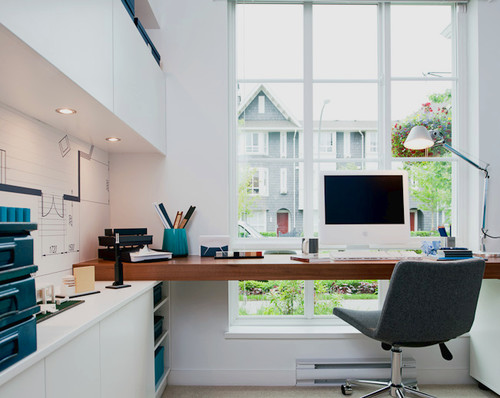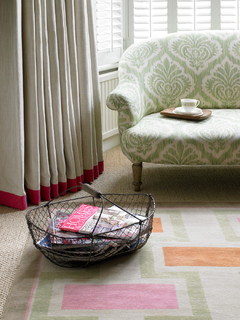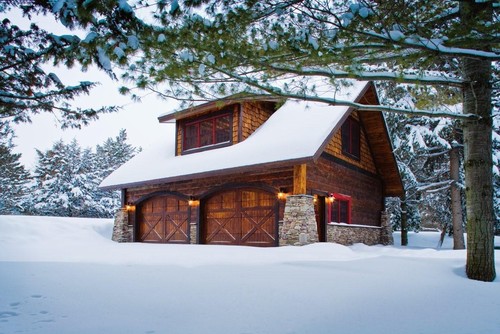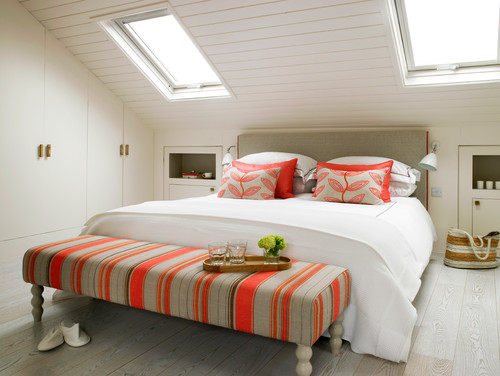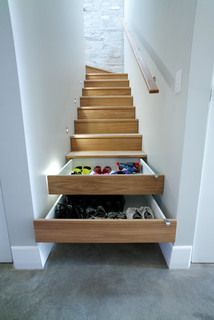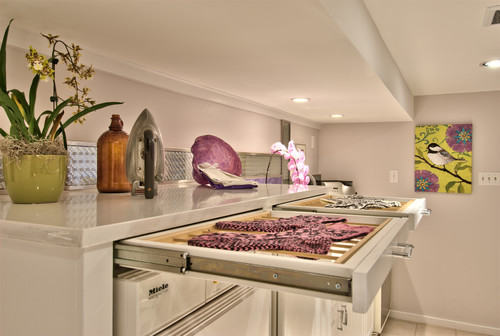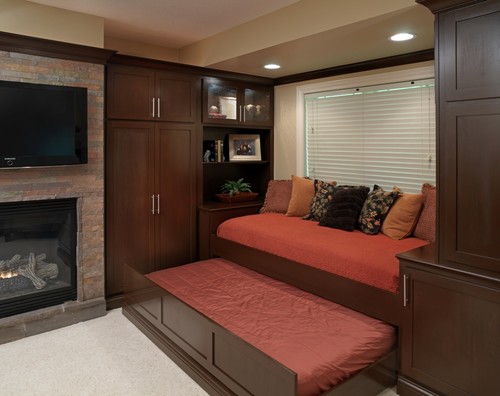January Checklist for a Smooth-Running Home
 Friday, January 3, 2014 at 11:33AM
Friday, January 3, 2014 at 11:33AM Article by: Laura Gaskill
January brings fresh starts and renewed hopes for the year ahead. Of course, with the excitement of the holidays done and months of winter stretching out before us, January can also be a bit of a downer — especially for those in cold climates. Make the most of the first month of 2014 by taking time to say goodbye to the old year (and the holiday decorations), give your home the TLC it needs to see it through winter storms, and dream up plans for the months ahead. Here are 10 to-dos to get your year off to a good start.
1. Keep your home fresh and cozy postholidays. Once the glow of the holidays has passed and you shift back into your usual routines, the house can suddenly feel a bit empty. Fight the winter blahs by giving your home a good cleaning (those pine needles end up in the strangest places) and boosting comfort with extra candles, cozy throws, hot drinks and good music.
2. Store holiday decorations properly. Yes, it’s sort of a pain, but taking the extra time to sort your Christmas lights, ornaments and decor now will save you loads of frustration next year — you owe it to your future self! Wrap each strand of lights around a stiff piece of cardboard to prevent tangling. (Remember to test them first.) Very delicate ornaments should be individually wrapped in tissue paper and stored in shallow boxes. Sturdier ornaments can be lightly wrapped and stacked in a box with cardboard dividers.
3. Organize warranties and manuals. Get any new gadgets or appliances over the past year? Take a few moments to flip through that stack of old manuals and warranties, tossing out paperwork for stuff you no longer own — and remember to send in forms to activate new warranties as needed. Store everything together in one binder or document box.
4. Install flood alarms. If you’ve had problems with flooding, you know how awful even a minor flood can be. Installing individual sensors in likely leak spots (behind the washing machine, toilet and drainpipes) can alert you before leaks become a disaster.
5. Keep hard surfaces sanitized. Cold and flu season is fully upon us. Do what you can to keep illness at bay by regularly sanitizing often-handled surfaces. Tables and counters are obvious spots, but don’t miss sneakier areas like doorknobs, faucets, phones and tech devices.
6. Get inspired and set goals for the year. Want to get more organized this year or save up for a renovation? Then sit down on a blustery afternoon with a hot drink and your Houzz app or a pile of inspiring home magazines and start plotting and planning! Once you’ve settled on a few goals, try writing specific to-dos and deadlines on your calendar to keep your eyes on the prize.
7. Protect pipes from freezing. If you haven’t yet and still can, insulate any exposed outdoor pipes to prevent freezing. If you plan to be away from home during a freezing spell, have a friend or neighbor stop by to turn on your water to a trickle. Find out where your home’s water shut-off valve is, if you don’t know already, so you can quickly shut off water if a pipe does burst.
8. Inspect your house after winter storms. Get ahead of problems by carefully looking over your home’s exterior after each storm. Especially keep an eye out for any tree limbs that have come down and any damage to your roof or siding.
9. Provide for feathered friends. Wild birds in cold climates can use extra support. You can help by providing a safe place to land and fill up on fresh birdseed. Bigger birds like cardinals and jays prefer larger, dark seeds — look for a seed mix that caters to the kind of birds you see in your yard. Fresh (unfrozen) water can be difficult for wild birds to find in winter, so consider regularly providing a dish of fresh water, or a heated waterer.
10. Out with the old, in with the new. Got some new goodies for Christmas? Instead of packing them into overstuffed closets and drawers, take a few extra minutes to seek out something similar to let go of. New set of sheets? Pick out an older set to give away. New pair of boots? Dig in your closet for a worn-out pair to toss.
 Home,
Home,  Home Design Trends,
Home Design Trends,  home tips in
home tips in  For the Home
For the Home 
















